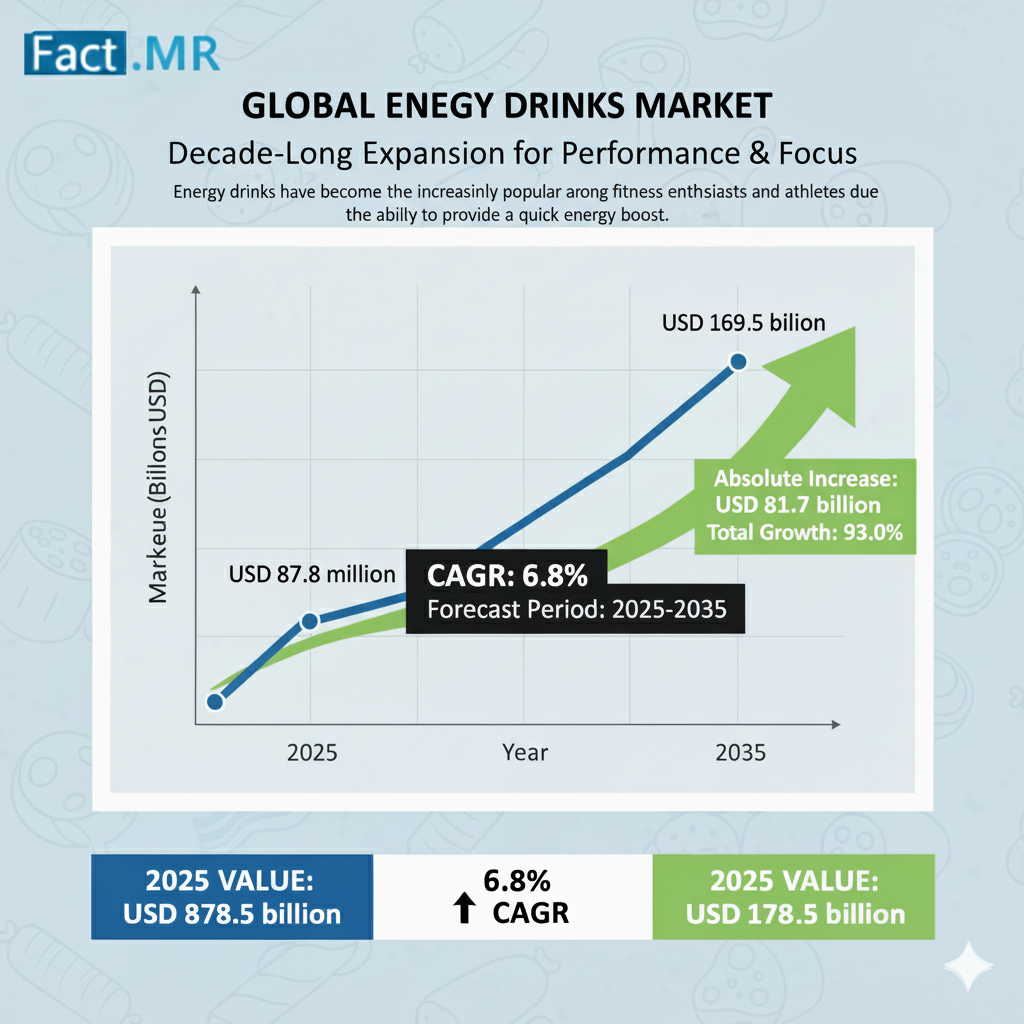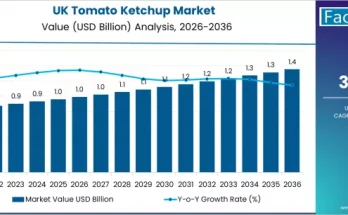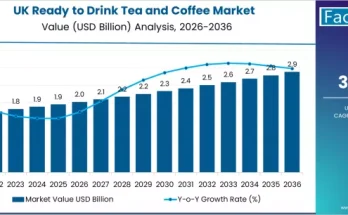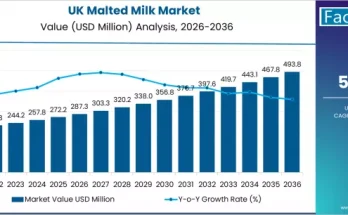The global energy drinks market is projected to increase from USD 87.8 billion in 2025 to USD 169.5 billion by 2035, with a CAGR of 6.8% during the forecast period. This remarkable expansion underscores the growing consumer preference for functional beverages that provide quick energy, improved mental focus, and enhanced physical performance.
With health, fitness, and active lifestyles taking center stage globally, leading manufacturers including PepsiCo Inc., The Coca-Cola Co., Red Bull GmbH, Monster Beverages Corp., GNC Holdings Inc., and Abbott Nutrition Inc. are strategically investing in innovation, clean-label formulations, and sustainable packaging to secure their competitive edge.
Market Overview: A Decade of Growth Driven by Health-Conscious Consumers:
From USD 87.8 billion in 2025, the market is expected to achieve steady annual growth, surpassing USD 100 billion by 2027 and USD 130 billion by 2031. This trajectory is fueled by evolving consumer preferences for sugar-free, organic, and natural energy beverages, as well as the integration of adaptogens, nootropics, and plant-based ingredients.
Between 2031 and 2035, market value is forecasted to climb to USD 169.5 billion, driven by continued innovation in functional energy ingredients and expanding distribution networks in emerging economies. The carbonated energy drinks segment continues to dominate globally, while convenience stores remain the leading sales channel, reflecting the on-the-go consumption trend among athletes, students, and working professionals.
Regional Insights: Emerging Economies Lead the Charge:
1.United Kingdom::U.K. energy drinks market is set to grow at a CAGR of 6.4% between 2025 and 2035, driven by e-commerce expansion and direct-to-consumer strategies. The country’s advanced online retail ecosystem — led by platforms like Amazon and Tesco — has allowed major brands to personalize offerings, gather consumer insights, and enhance product accessibility.
2.India: Recording an impressive CAGR of 8.5%, India stands as one of the fastest-growing markets for energy drinks. Affordable offerings from brands like Charged (Coca-Cola) and Sting (PepsiCo) have democratized access, appealing to younger consumers seeking energy-boosting drinks that align with their fitness-oriented and fast-paced lifestyles.
3.China: With a projected CAGR of 8.0%, China’s energy drinks market benefits from rapid urbanization, intense work culture, and growing disposable incomes. Consumers increasingly turn to energy beverages for convenience and alertness, making it a key revenue hub for global beverage giants.
Innovation and Sustainability at the Core of Market Leadership:
Energy drink manufacturers are increasingly focused on natural formulations, functional ingredients, and eco-friendly packaging. Brands are reformulating products with B vitamins, taurine, L-theanine, and plant-based caffeine sources to cater to health-conscious consumers.
Companies like GURU Organic Energy Corp. have introduced low-calorie, organic drinks that align with the clean-label trend. In April 2024, GURU launched its Peach Mango Punch flavor in Canada, made with L-theanine, monk fruit, and stevia, appealing to consumers seeking focus-enhancing, plant-based energy options.
Similarly, REDCON1 LLC entered the global convenience store segment with REDCON1 ENERGY, a performance-driven drink formulated for athletes and professionals. These initiatives exemplify how manufacturers are combining functionality, flavor innovation, and accessibility to strengthen consumer engagement.
Market Dynamics: Functional Beverages Transforming Consumption Behavior:
Energy drinks are no longer limited to athletes; they have become mainstream among gamers, remote workers, and urban consumers seeking convenience and alertness. The inclusion of nootropics and hydration blends reflects the transition toward performance-based beverages that enhance both body and mind.
As the global fitness and sports culture expands, particularly across Asia-Pacific and Europe, energy drinks are being adopted pre- and post-workout for endurance and recovery benefits. Brands such as CELSIUS and Vive Organic are marketing energy formulations enriched with ginseng, turmeric, and green tea extracts to meet rising expectations for multifunctional beverages.
Challenges: Health Concerns and Market Saturation:
Despite growth momentum, the energy drinks industry faces challenges, including health concerns associated with sugar and caffeine and tight regulatory scrutiny. High sugar content has led to increasing government taxes and labeling mandates, compelling manufacturers to pivot toward sugar-free and low-calorie variants.
Market saturation and the dominance of established brands like Red Bull, Monster, and Rockstar make entry difficult for new players. However, niche markets — such as organic, vegan, or cognitive-enhancement beverages — present untapped opportunities for differentiation.
Future Outlook: Partnerships, Expansion, and Diversification:
The next decade will see intensified collaboration among beverage giants, fitness brands, and wellness companies. Partnerships like Keurig Dr Pepper’s acquisition of a 60% stake in GHOST Energy demonstrate how strategic alliances can enhance product reach and innovation capabilities.
Hybrid drinks, blending energy formulations with coffee or tea, are anticipated to gain traction among diverse demographics. Moreover, emerging markets with rising disposable incomes and urbanization levels particularly in South Asia and Latin America offer strong growth potential.
Sustainability will also remain a cornerstone of brand reputation. Transparent labeling, recyclable packaging, and responsible sourcing will define long-term consumer loyalty and market resilience.
Key Industry Players:
- PepsiCo Inc.
- The Coca-Cola Co.
- Red Bull GmbH
- Monster Beverages Corp.
- GNC Holdings Inc.
- Abbott Nutrition Inc.
- Dr. Pepper Snapple Group Inc.
- Nestlé SA
- GlaxoSmithKline Plc.
The global energy drinks market is entering a transformative decade marked by innovation, sustainability, and personalization. As health and wellness trends continue to influence consumer choices, manufacturers are reimagining product formulations and delivery models to capture evolving demand.
For industry leaders and investors, this growth narrative offers clear signals — the future of energy drinks lies in functional performance, clean ingredients, and purpose-driven innovation. Companies that successfully align their strategies with these emerging consumer priorities stand to lead a market projected to exceed USD 169.5 billion by 2035.
Browse Full Report-https://www.factmr.com/report/253/energy-drinks-market



